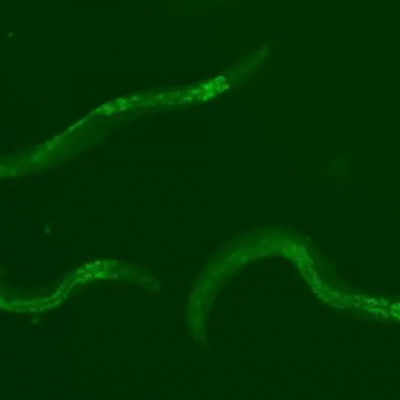Aging can cause a slow loss of vision in people over 40 years old due to a decrease in ATP production in the mitochondria of retinal cells. This results in up to a 70% reduction in energy for the cells, leading to a decline in visual performance. However, recent studies have shown that certain wavelengths of light can increase mitochondrial activity and ATP production, improving energy supply to the retina and enhancing vision.
Experiments with mice have demonstrated that longer wavelengths of light, between 650 and 1,000 nanometers, are particularly effective in increasing mitochondrial performance. To determine if this effect also applies to humans, a pilot study was conducted with 24 healthy participants between the ages of 28 and 72. The participants were given a simple LED flashlight with a wavelength of 670 nanometers, which they used to shine light on their eyes for three minutes each day. After two weeks, the participants’ vision was tested again, and it was found that those over 40 years old had a 20% improvement in color contrast perception and an increase in visual performance in low light conditions.
According to Glen Jeffery from the University College London, “the study shows that it is possible to improve vision in older individuals through short-term treatment with specific wavelengths of light.” Further studies with larger groups of participants are needed to confirm the effectiveness of light therapy and determine the optimal dosage. However, the technology used in the study is simple and safe, and the LED flashlights used cost only about 15 euros. This treatment method could potentially be used in clinical settings to improve vision in older individuals, provided no side effects are observed.










